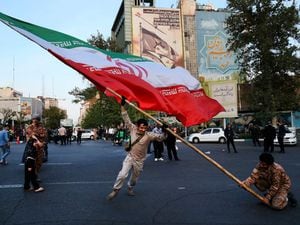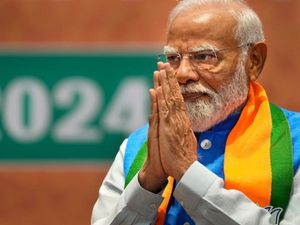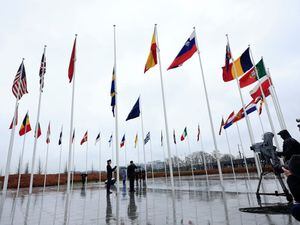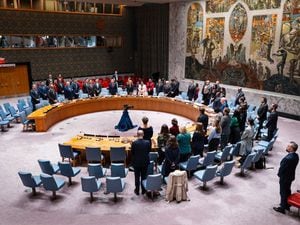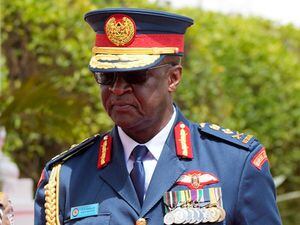How the Australian gay marriage vote unfolded – and what happens next
Australians took part in a two month-long postal survey, which attracted a huge turnout.
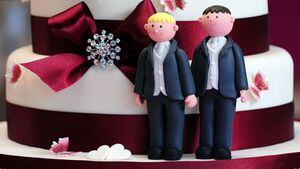
The first ballot papers hit doormats across Australia in September in a vote which has seen a bigger turnout than the Brexit referendum and US presidential election.
Costing $122 million Australian dollars (£71 million), the poll saw 16 million registered voters among Australia’s population of 24 million asked for their opinion on whether same-sex couples should be allowed to wed.
As the majority voted in favour – 61.6% – the parliament will vote by December on legislation to lift the prohibition.
But several politicians have previously said they would vote against same-sex couples being able to wed regardless of public opinion.
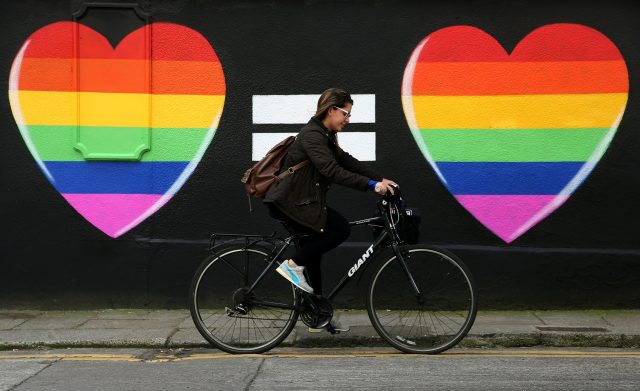
The poll – unlike electoral voting which is mandatory in Australia – was voluntary, but the varying campaigns have ignited public debate.
Alex Greenwich, from the Equality Campaign who backed a Yes vote, said: “Our campaign has worked hard to bring Australians together and achieving marriage equality will be a unifying moment for our nation as we include everyone in our marriage laws.”
Speaking before the results were announced, he said: “Let’s get this done so we can all move forward as a fairer and more inclusive nation.”
The Coalition for Marriage campaign, which encouraged a No vote, said they would continue to fight to defend marriage.
Spokesman Lyle Shelton said: “Throughout the campaign we have spoken about the effect that a change in the Marriage Act will have on all Australians.
“It will be incumbent upon us to hold the ‘yes’ campaign to its pledge that there would be no consequences to a change in law… We will do what we can to guard against restrictions on freedom of speech and freedom of religion, to defend parents’ rights, and to protect Australian kids from being exposed to radical LGBTIQ sex and gender education in the classrooms.”

